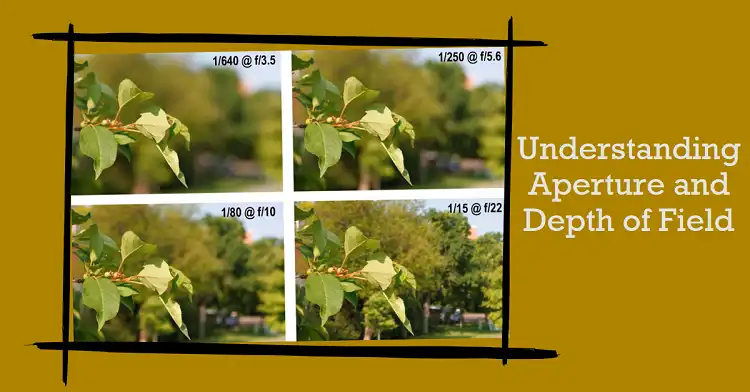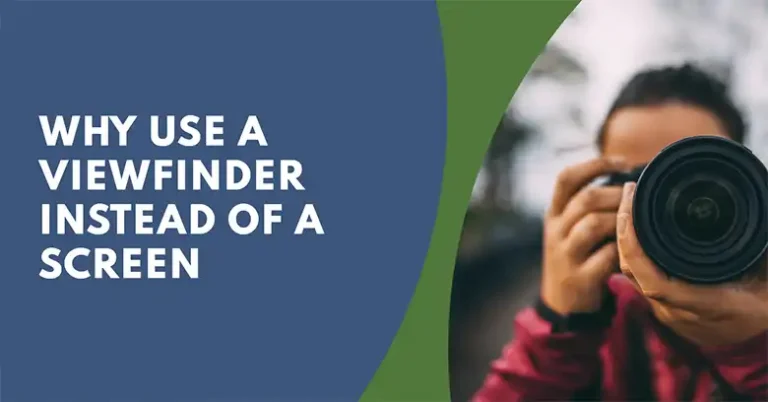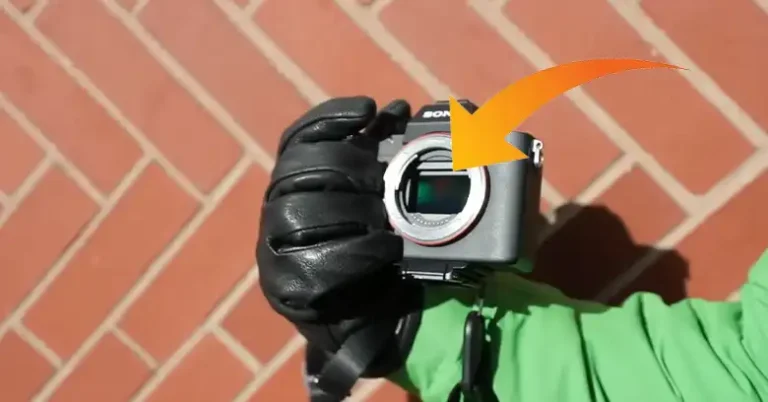Lantern Softbox vs Octabox | Which One is Right for You
In the world of photography and videography, light modifiers play a crucial role in shaping and controlling the quality of light. Among these modifiers, softboxes stand out as versatile tools that diffuse and soften harsh light, creating a flattering and natural-looking illumination. Within the realm of softboxes, two distinct types have emerged: lantern softboxes and octaboxes. While both serve the purpose of softening light, they possess unique characteristics that cater to different shooting scenarios and preferences.

What’s Lantern Softbox
A lantern softbox, also known as a ball softbox, is characterized by its distinctive spherical or round shape. This design allows for an omnidirectional distribution of soft, wraparound light, making it an excellent choice for various applications.
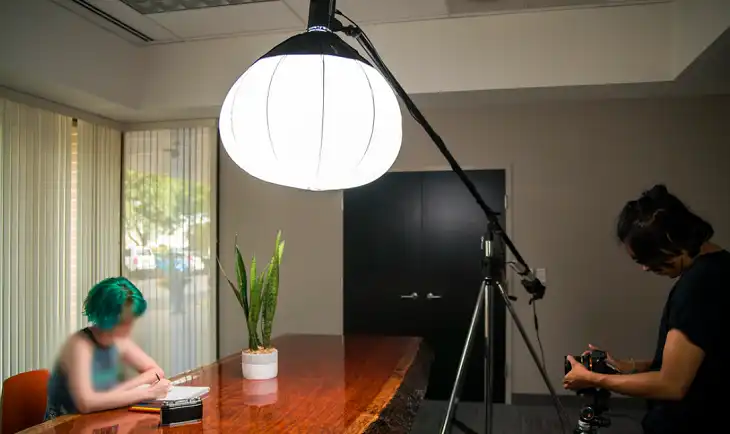
Light Quality and Characteristics
Lantern softboxes produce a soft, enveloping light that gently wraps around the subject, minimizing harsh shadows and creating a flattering, natural look. The catchlights in the subject’s eyes appear soft and diffused, contributing to a pleasing and natural appearance.
The light falloff from a lantern softbox is gradual, creating a smooth transition from highlighted areas to shadowed areas. This makes it well-suited for scenarios where you want to maintain a consistent level of illumination across a larger area or when working with multiple subjects.
Advantages of Using a Lantern Softbox
Portability and Ease of Setup: Lantern softboxes are generally compact and lightweight, which makes them easy to transport and set up, particularly for location shoots.
Flattering Light for Close-up Portraits and Interviews: The soft, wraparound light produced by a lantern softbox is ideal for close-up portraits and interviews, as it evenly illuminates the subject’s face without creating harsh shadows.
Soft, Natural Catchlights in Eyes: The spherical shape of the softbox creates soft, natural-looking catchlights in the subject’s eyes, adding depth and dimension to the image.
Suitable for Multi-person Setups and Moving Scenes: The omnidirectional light distribution of a lantern softbox makes it an excellent choice for setups involving multiple people or moving scenes, as it provides consistent illumination across a larger area.
Versatility in Various Shooting Scenarios: Lantern softboxes are versatile and can be used for a wide range of shooting scenarios, including portraiture, product photography, and videography.
Disadvantages of Lantern Softboxes
Less Directional Control: While lantern softboxes provide soft, enveloping light, they offer less control over the direction of the light compared to octaboxes, which can make it more challenging to achieve precise shaping and sculpting.
May Not be Ideal for Full-body Portraits: Due to their omnidirectional nature, lantern softboxes may not be the best choice for full-body portraits, as they can create a flat or unintentionally shadowed appearance in certain areas.
What’s Octabox
An octabox, as its name suggests, is a softbox with an octagonal shape. This unique design combines the softness of a traditional softbox with the directionality and control of a more focused light source.
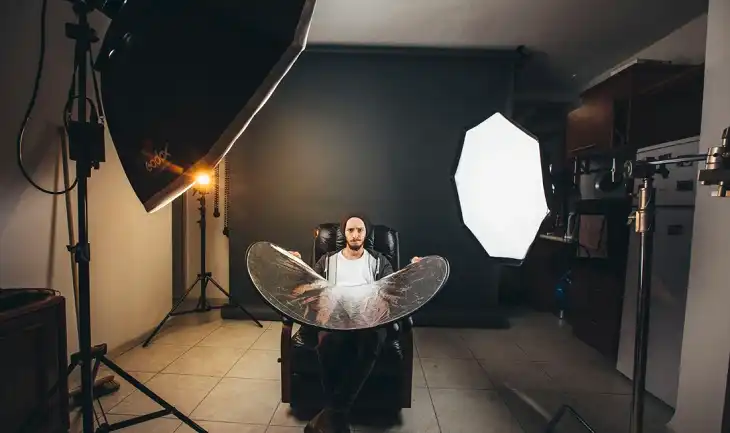
Light Quality and Characteristics
Octaboxes produce a soft, directional, and focused light that is well-suited for precise shaping and sculpting. The catchlights in the subject’s eyes appear natural and pleasing, often with a round or oval shape, depending on the orientation of the octabox.
The light falloff from an octabox is more controlled and directional compared to a lantern softbox, allowing for greater control over the transition from highlighted areas to shadowed areas. This makes it an excellent choice for scenarios where you want to create specific lighting patterns or emphasize certain areas of the subject.
Advantages of Using an Octabox
Creates Natural-Looking Catchlights in Eyes: Octaboxes create natural-looking catchlights in the subject’s eyes, which can enhance the sense of depth and dimension in portraits.
More Control Over Light Direction for Shaping Shadows: The directional nature of the octabox allows for greater control over the direction of the light, enabling precise shaping and sculpting of shadows for a more dramatic or artistic effect.
Great for Portrait, Fashion, and Product Photography: Octaboxes are particularly well-suited for portrait, fashion, and product photography, where precise lighting control and shaping are essential.
Available in Various Sizes for Different Applications: Octaboxes come in a range of sizes, from small to large, catering to different shooting scenarios and subject sizes.
Disadvantages of Octaboxes
Bulkier and Less Portable: Octaboxes are generally larger and bulkier than lantern softboxes, making them less portable and more challenging to transport and set up, especially in tight spaces or on-location shoots.
Requires More Setup Time and Effort: Due to their size and directionality, octaboxes often require more setup time and effort to position and adjust correctly, compared to the more straightforward setup of lantern softboxes.
Lantern Softbox vs Octabox: Side-by-Side Comparison
| Feature | Lantern Softbox | Octabox |
| Shape | Spherical/Round | Octagonal |
| Light Quality | Soft, omnidirectional, wraparound | Soft, directional, focused |
| Catchlights | Soft, diffused | Natural, round/oval |
| Light Falloff | Gradual, smooth transition | Controlled, directional |
| Portability | Highly portable, compact | Bulky, less portable |
| Setup | Easy, straightforward | More time and effort required |
| Typical Uses | Close-up portraits, interviews, moving scenes | Portrait, fashion, product photography |
| Pros | Flattering light, versatile, portable | Precise shaping, control, natural catchlights |
| Cons | Less directional control, may not suit full-body portraits | Bulky, requires more setup |
Choosing Between Lantern and Octabox
The decision to choose between a lantern softbox and an octabox ultimately depends on your specific shooting needs and preferences. Consider the following factors:
Portraiture
For close-up portraits and headshots, a lantern softbox can provide a soft, flattering light that wraps around the subject’s face.
For full-body portraits, an octabox may be a better choice as it allows for more control over shaping and sculpting the light.
Subject and Scene
If you’re working with a single, stationary subject, an octabox can provide precise control and shaping.
For scenarios involving multiple people or moving subjects, a lantern softbox’s omnidirectional light distribution can be advantageous.
Portability and Setup Time
If you frequently shoot on location or in tight spaces, the compact and lightweight nature of a lantern softbox can be a significant advantage.
If you have ample space and time for setup, the larger size and directionality of an octabox may be a suitable choice.
Desired Light Quality and Control
If you prefer soft, enveloping light with a gradual falloff, a lantern softbox may be the better option.
If you need more control over the direction of light and the shaping of shadows, an octabox can provide that level of precision.
It’s also worth noting that you can mix and match different softbox types within a single lighting setup, combining the strengths of each to achieve your desired lighting effect.
Summary
The choice between a lantern softbox and an octabox ultimately comes down to your individual needs and shooting style. Lantern softboxes excel at providing soft, enveloping light that wraps around the subject, making them ideal for close-up portraits, interviews, and moving scenes. On the other hand, octaboxes offer greater control over light direction and shaping, excelling in scenarios where precise sculpting and shaping are required, such as portrait, fashion, and product photography.
Remember, there is no “one-size-fits-all” solution. Consider the factors discussed in this article, such as light quality, portability, setup requirements, and desired control, to make an informed decision that aligns with your specific shooting needs.

